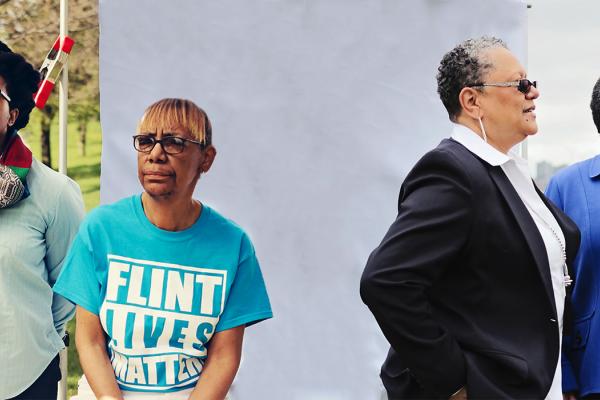May 25, 2016
Long before national outlets covered water shutoffs in Detroit or toxic water in Flint, Monica Lewis-Patrick, Debra Taylor, Nayyirah Shariff, and Claire McClinton were protesting, marching, and going door-to-door to inform citizens of the problem. Their efforts helped inspire the first investigative reporting on the crisis — and since then, these four women have become de facto leaders in a movement that went on to have massive implications for race, public health, and city governance in America today.
Read the Full Article

Already a subscriber? Login
